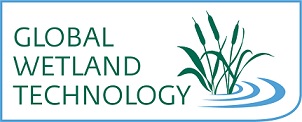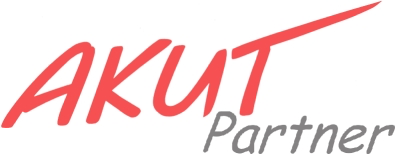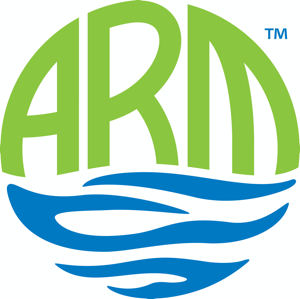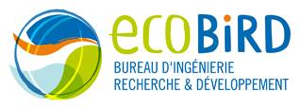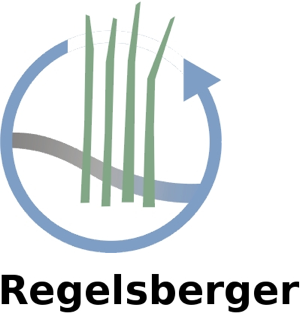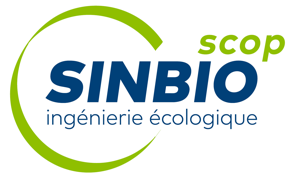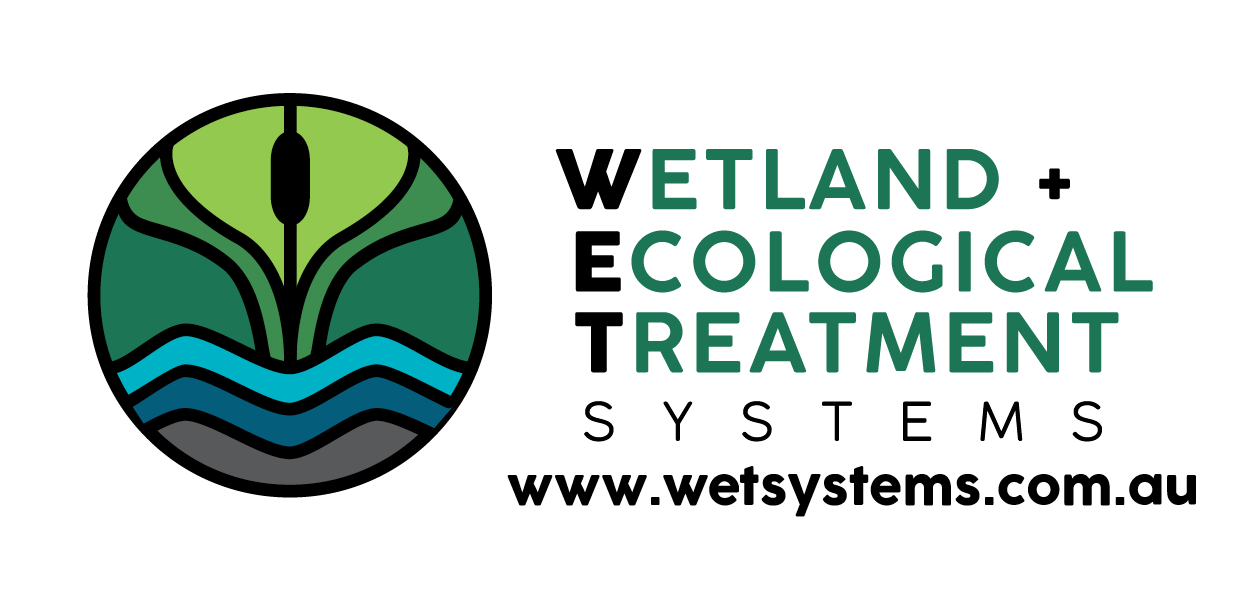Technical Design of Constructed / Treatment Wetlands and SUDS
Natural wastewater treatment systems are designed to receive specific hydraulic and contaminant loads, and reduce the contaminants to levels that do not impact detrimentally on the local environment. The contaminants can range from simple solids to soluble organic and recalcitrant inorganic compounds. Other factors also need to be considered in the design such as available space, local ground conditions, climate, services availability, access, local ecology and the proximity of infrastructure and population.
Global Wetland Technology comprises internationally renowned experts who not only have extensive general knowledge of wetland technology design but who also are specialists and world leaders in particular types and application of wetland systems such as those given below.
Primary Treatment - Systems that provide full treatment from screened wastewater to final discharge.
Forced Bed Aeration– Systems that use small volumes of air to enhance treatment performance and consistency.
Sludge Treatment - Systems that store and biodegradesludge over many years
Nitrifying Systems – Systems that effectively reduce ammonia to at least regulatory requirements and often to sub-unity levels.
These specialists are at the leading edge of constructed wetland design and application. Between them they have designed thousands of wetland treatment systems across a broad range of applications in locations all around the world.
Technical Design includes the following elements though a design service can be created to suit the project or the client’s specific needs.
- Characterisation of the flow and loads to be treated- This can include the design and implementation of a sampling and flow monitoring survey
- Site Survey – Investigation of site topographical and geotechnical conditions, identifying existing underground services, undertaking topographic surveys if required, assessment of access and impact on the local environment
- Collation and analysis of data
- Process design - Selection of relevant treatment elements, their process order, size, material grades and specification of monitoring/control systems as required; sanitation safety planning will be considered in the detailed design phase
- Provision of Construction drawings – General arrangement, plans, sections, hydraulic profiles, P & ID, pipe runs, cut and fill balances
- Provision of Control Philosophy
- Provision of Operations and Maintenance manual

